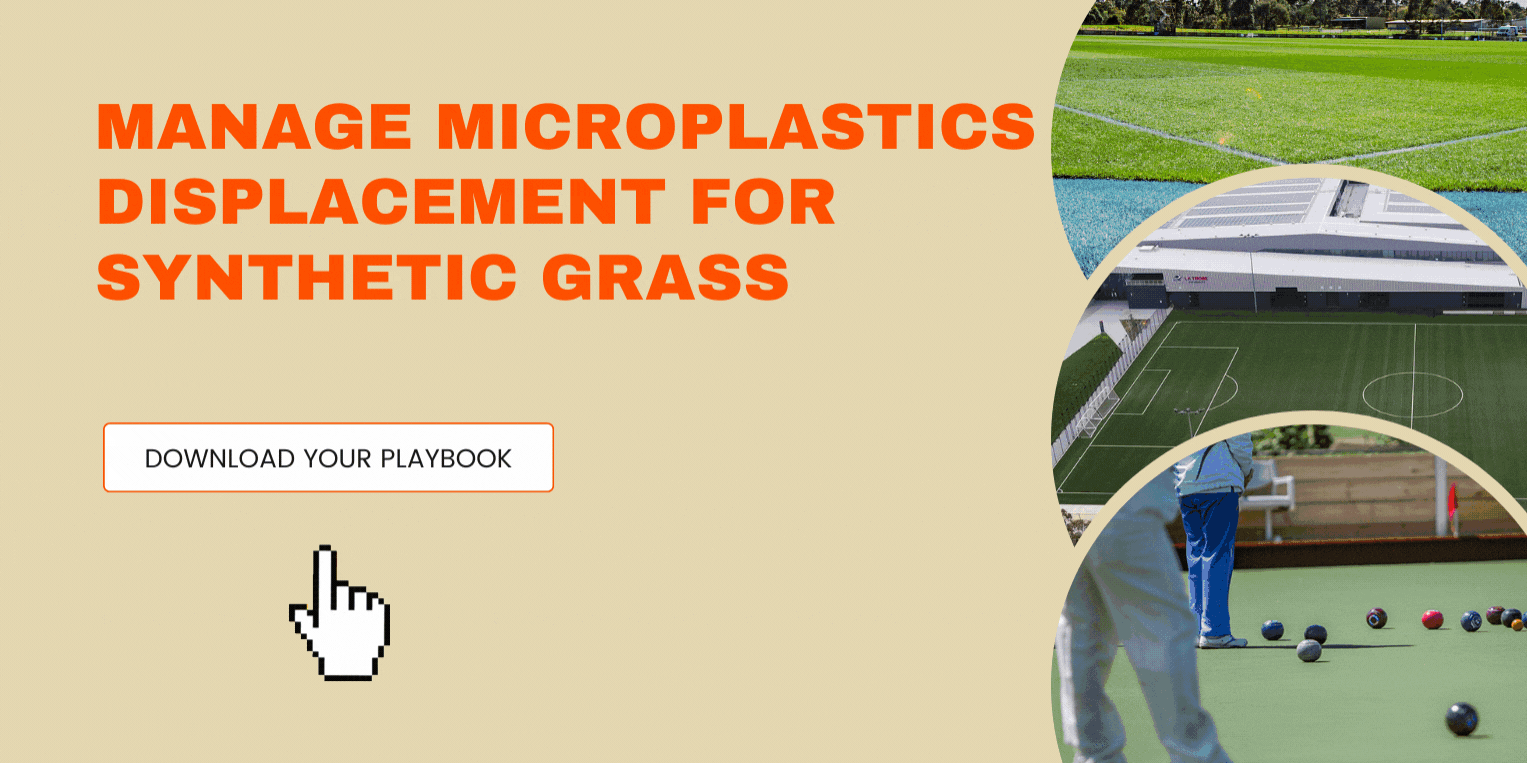Different infill solutions exit for artificial/synthetic turf. It can be overwhelming to understand the differences and being able to make the best choice for one's field and/or turf.
Why does artificial/synthetic turf need all of that rubber?
Those bits of rubber you can see at the surface form a part of what is known as the infill. The infill plays a critical function in the performance of the surface and while variation on the following does exist, conventional Third generation (3G) turf surfaces typically have two layers of infill.
Stabilising Infill - The sand-based infill
The stabilising infill is the sand at the very base of the fibres and ideally, once the surface is finished, you’d never see this as it is located immediately above the backing material and under the rubber. It is usually delivered to site as kiln-dried sand so that it falls easily to the base of the fibres during installation. Any moisture in the sand or on the fibres during installation will cause the sand to adhere to the fibres and prevent two discrete layers from being formed.
The quantity of sand varies from system-to-system, but we’d expect to see 6-10kg/m2 of sand depending on the intended application and pile length. The sand effectively acts as a ballast and weighs the turf down.
Performance infill - Rubber-based infill
The performance infill is the layer of rubber that is most visible in the turf system and is installed after the sand. Typically, the rubber level is 20mm below the height of fibres but this can vary slightly from system-to-system.
Different types of rubber can be used and there are three main types:
-
Styrene-Butadiene Rubber (SBR) is the black rubber derived from car and truck tyres. It is generally recognised as providing the best performance and is the cheapest option, but recent fears around human and environmental health concerns have resulted in the increased use of purpose-made infill and less use of SBR.
-
Ethylene Propylene Diene Monomer (EPDM) is a high-density synthetic rubber and provides similar performance to SBR but at a much higher cost. It does not have the smell nuisance, human or environmental concerns and is offered by some turf suppliers as a premium infill option in a variety of colours.
-
Thermoplastic Elastomer (TPE) is another SBR alternative also sold as a premium infill. Like EPDM, it is purpose made and not have the smell nuisance, human or environmental concerns of SBR. TPE infill can come in a variety of colours and shapes.
There are variations to the above and limited to specific products offered by a supplier trying to differentiate themselves from others in the market. Most notably, is the FieldTurf system that uses a three-layer infill that is designed to remove the need for a shockpad.
There are also turf systems that include organic infill performance layers such as cork and walnut based products. In addition to being organic products, they also aim to reduce the heat island effect.
While there are many different options for infill products, ensure whatever option is selected, the infill contains no PAHs, heavy metals, or carcinogens and passes the EN71-3 toy safety standard.
It's important to make sure that what is being installed matches what the supplier has quoted you in their tender. Post-construction, a surface inspection will ensure that performance criteria are met, that the depth of the layers matches the product technical information they supplied in their tender documentation, and that you’ve actually received what you thought you’d paid for.
We hope you’ve enjoyed reading our synthetic turf series blog.
We've got more content about synthetic turf such as what are the best practices to maintain your synthetic turf Field of Play or what is the best choice between natural vs synthetic turf surfaces. Check them out!
We've also put together a Playbooks aiming to help you understand and minimise microplastics displacement for all synthetic turf designs. Click on the banner below to download!
If you’d like to discuss anything covered in this series in more detail, contact us.


